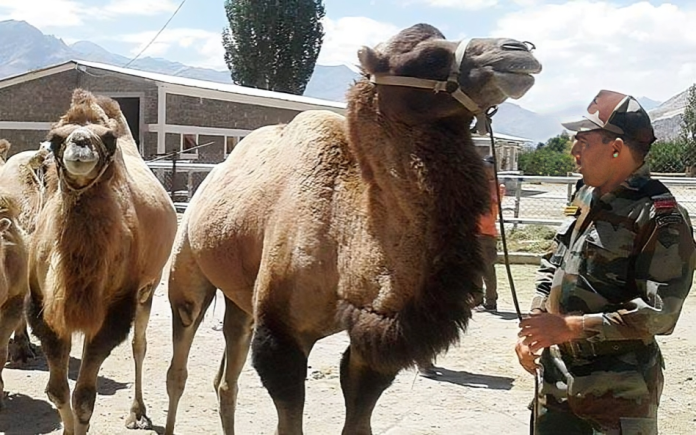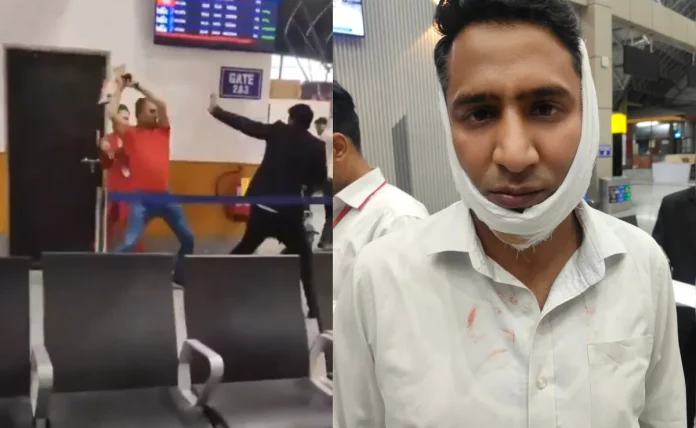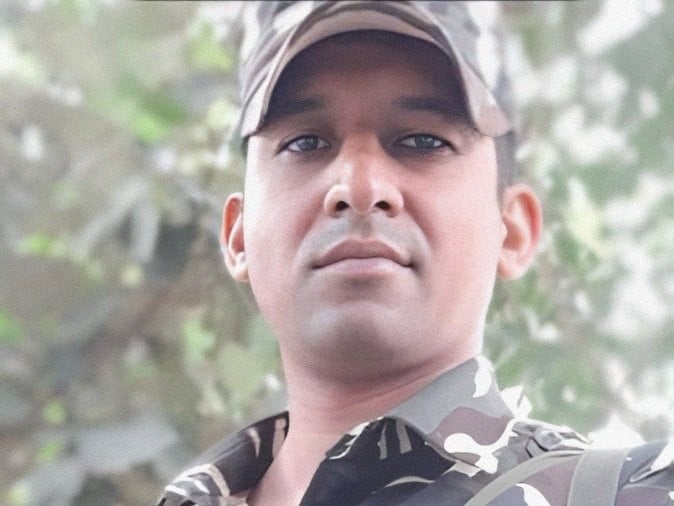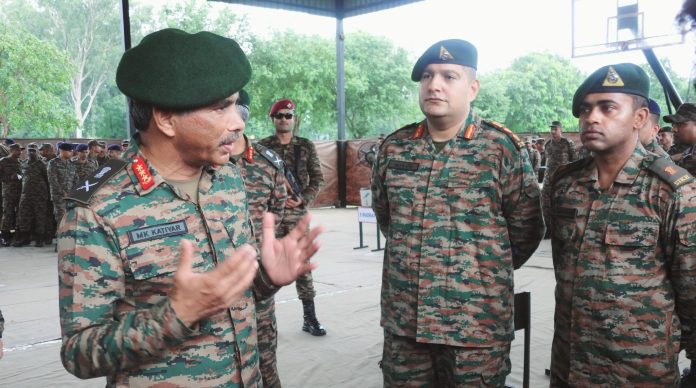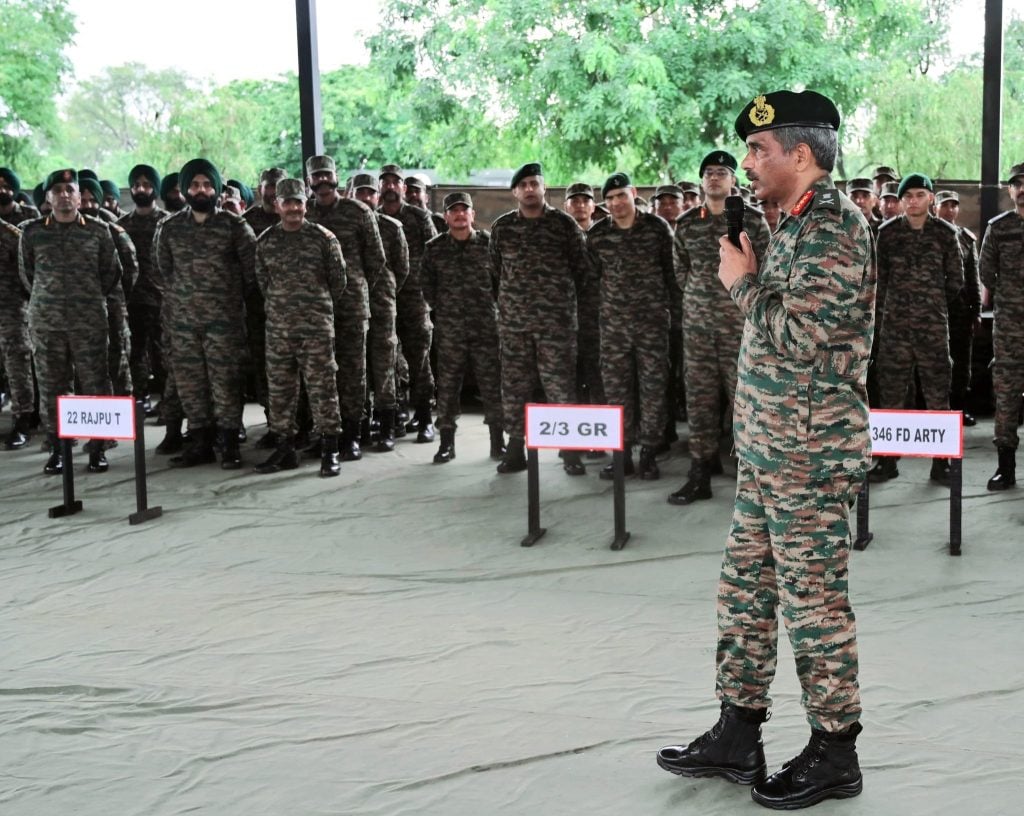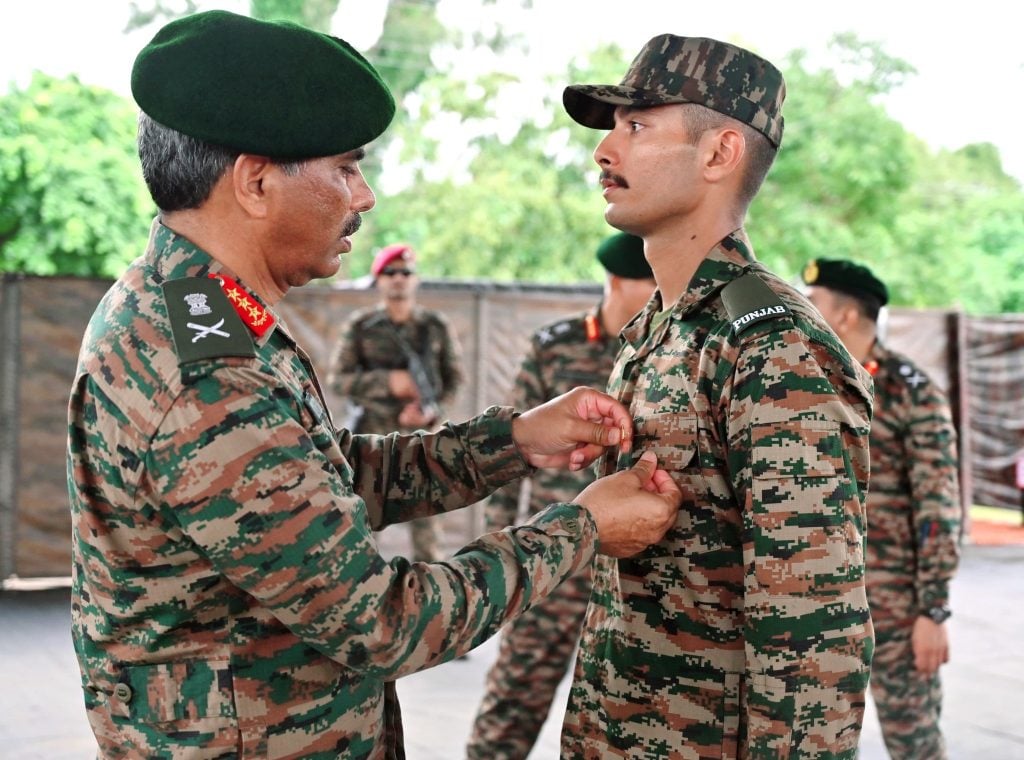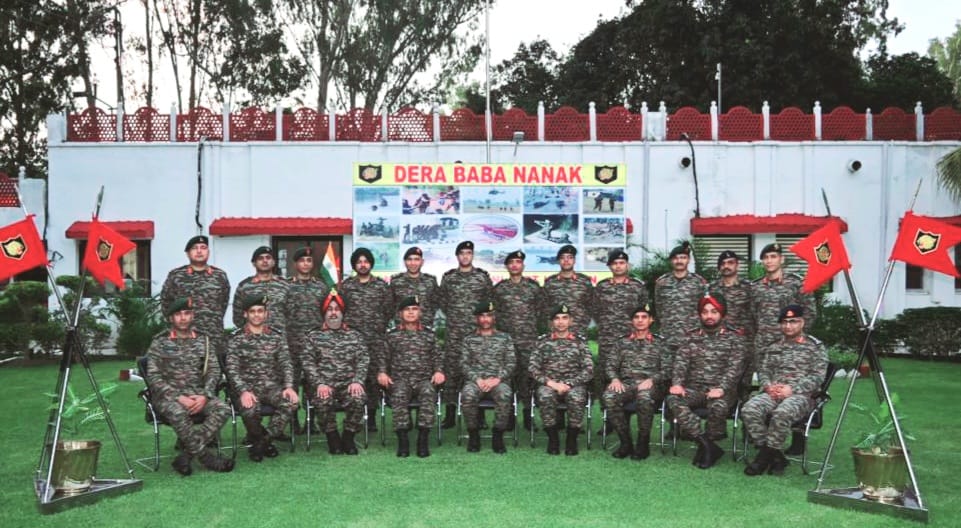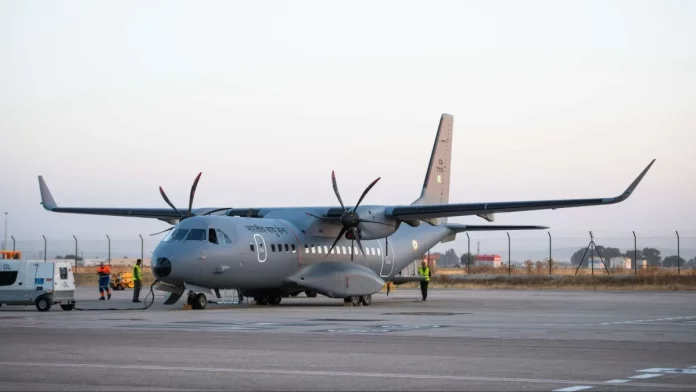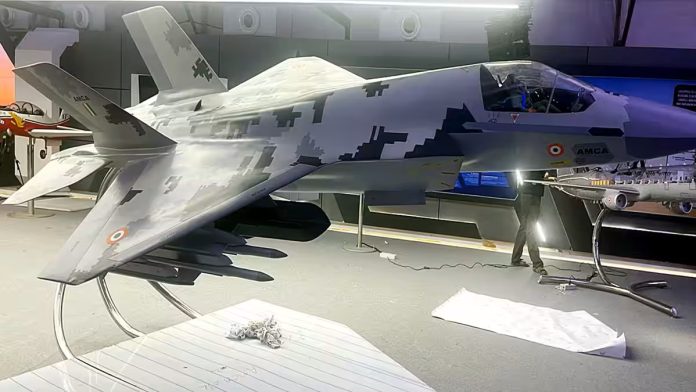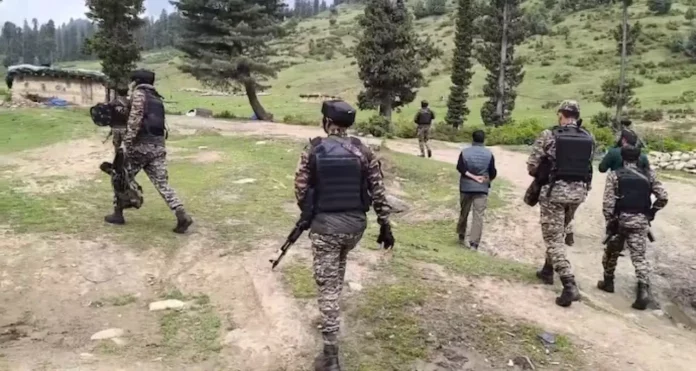The Indian Army has formally inducted Bactrian camels, the hardy double-humped species native to Ladakh, to assist in patrolling and logistics in the high-altitude region. This move follows nearly a decade of research and field trials conducted to evaluate their suitability in extreme conditions.
Fourteen trained Bactrian camels, along with standard operating procedures and health records, were recently handed over to the Army’s 14 Corps by the Defence Institute of High Altitude Research (DIHAR), a Defence Research and Development Organisation (DRDO) lab based in Leh. These camels have been conditioned for use in difficult terrain where conventional transport remains limited.
Despite road development across Ladakh, last-mile access to remote posts still depends on porters and pack animals. While drones and mechanical mules are being introduced, their performance can be hampered by poor visibility and harsh weather. Camels, on the other hand, offer a more reliable alternative for such terrain.
The research, which began in 2016, was undertaken by DIHAR in collaboration with the Army’s Remount and Veterinary Corps. It focused on the camels’ physiological adaptation, load-carrying capacity, and behavior under simulated battlefield conditions including gunfire, blasts, and operational stress.
Bactrian camels were found to carry loads of 150 to 200 kg at altitudes of up to 14,000 feet, outperforming traditional mules and ponies that carry only 60 to 80 kg. Moreover, these camels require lower nutritional upkeep and are well-suited for two-man patrols in mountainous terrain.
For comparative analysis, DIHAR also brought in desert camels from Rajasthan, which are commonly used by the Border Security Force in western India. The Bactrian camels, however, demonstrated superior performance in high-altitude environments.
Scientifically known as Camelus Bactrianus, these animals once played a vital role in Silk Route trade and now survive in limited numbers in the Nubra Valley. Recognized as an endangered species, they are currently also used in Ladakh’s tourism sector.
The Indo-Tibetan Border Police is also exploring the use of these camels for their own operations in similar terrains.

